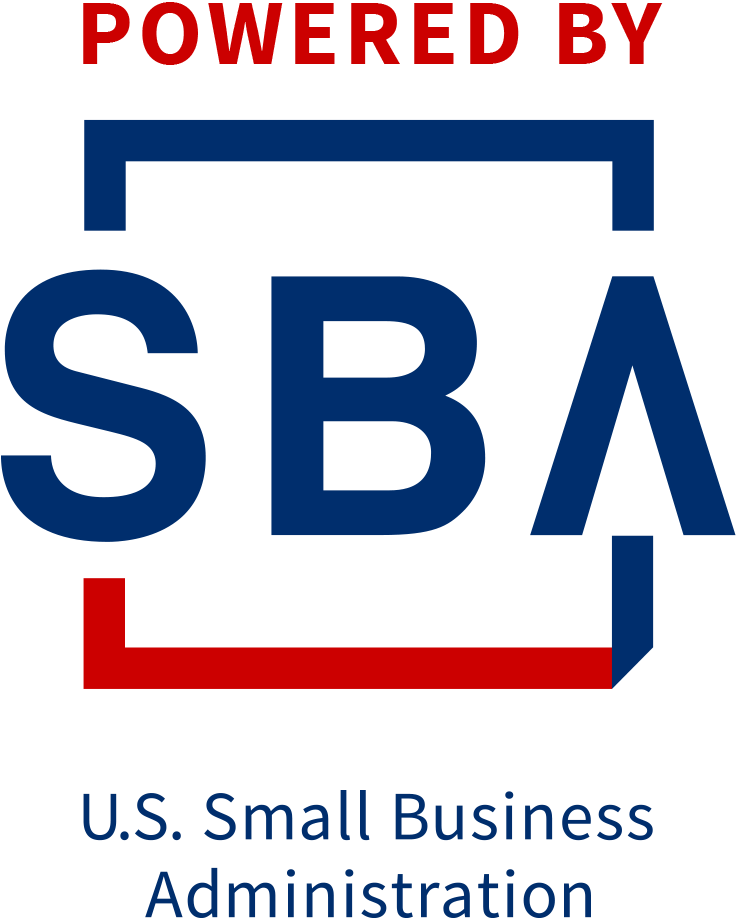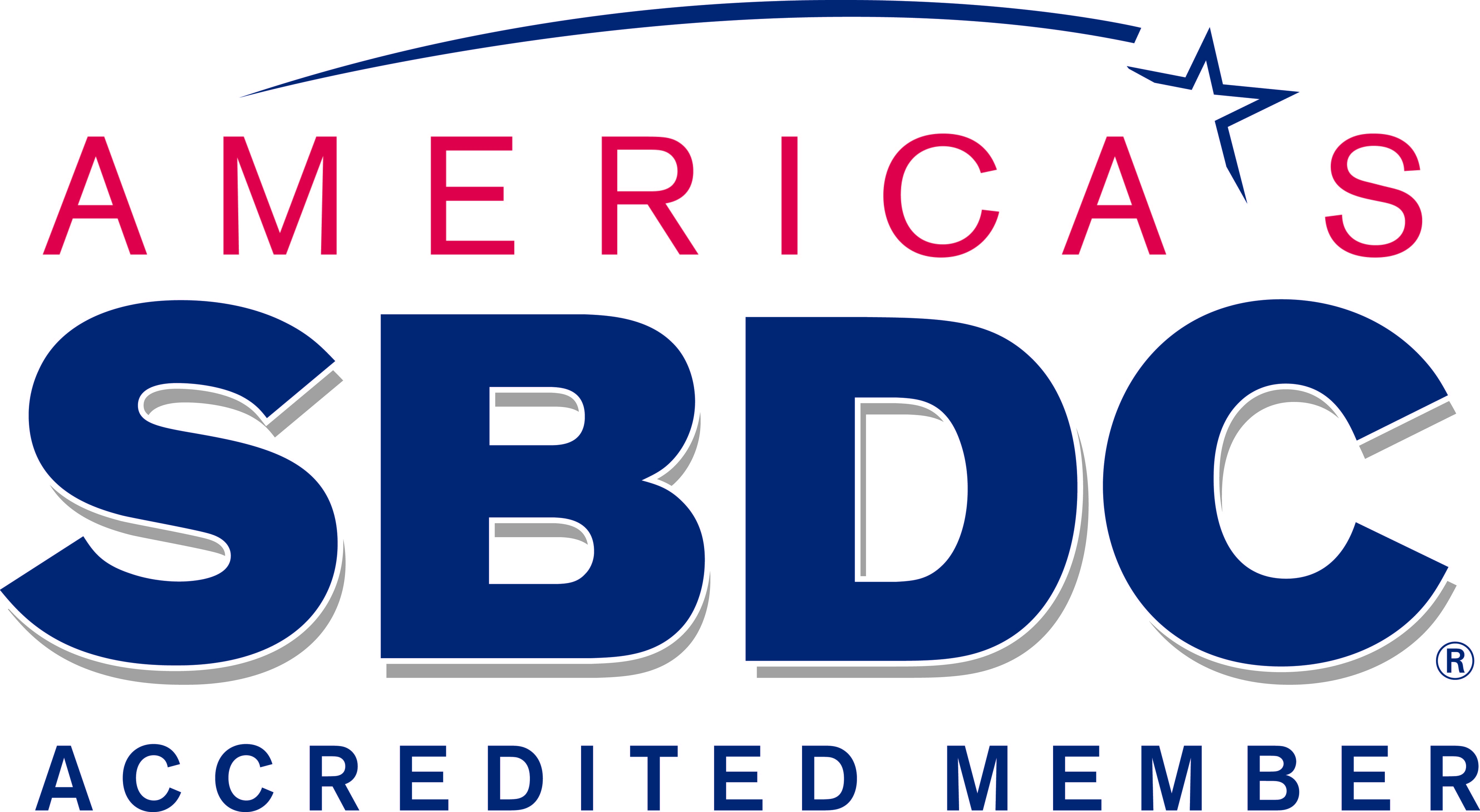Don't Give Your Stuff Away
- 3/1/2011
Don't Give Your Stuff Away
For the past several newsletters, we have been summarizing a chapter from Advice from the Lemonade Stand. Each chapter deals with an important business principle. The fourth chapter of the book is entitled "Don't Give your Stuff Away." This principle deals with the relationship between price, volume and costs, various ways that money can slip through the fingers of the unwary manager.
There are many ways you can make the mistake of giving your stuff away. Today we will explore three of them:
Underpricing: In these tough economic times, when sales are falling and volume is off, it is very tempting to cut prices in the hope of increasing volume. This strategy can have very dire consequences if the owner is not fully aware of both his fixed costs and his variable costs. It is very useful to know the relationship between sales, variable costs, and fixed costs. These ratios can be used to estimate the amount of the sales volume increase necessary to maintain profits given a stated reduction in price. Your SBDC consultant has been trained and is experienced in the use of financial forecasting tools. We can assist you in making these calculations so that you can know the amount of the discount that you can afford to give.
Generally speaking, however, the direction of your pricing must be up, not down. It is almost a certainty that your costs will increase from year to year. You cannot keep prices the same and continue to make a profit. It is far better to move your prices up a little every six months than to implement a larger price increase less frequently. You will get much less resistance from your customers if you make small but steady increases in your prices. Your SBDC advisor can help you make some calculations that will estimate the amount of revenue you will gain by increasing your price, and the impact on profits and cash flow if you should loose a certain percentage of your customers because of the price increases. In this way, you can make some rational decisions about the amount of business you can "afford" to lose due to price increases. You will, in fact, be budgeting the profits resulting from your management decision. Data driven financial decisions are much more likely to be accurate than pricing decisions made from the seat of your pants.
Managing from the rear view mirror: Many owners manage their business without up to the minute accounting information. This is rather like playing a basketball game when you only get the score at the end of the quarter. Personally, I'd want to know the score at the end of each play! Surely the owner needs to know "Am I making a profit?" much more often than once a month or once a quarter. Your checkbook balance does not tell you whether or not you are making a profit. It is possible to have profits and no cash and it is also possible to have cash and no profits. If your accounting information is weeks or even months old, it may be too late to address the problems reflected on your Income Statement (P&L) or your Balance Sheet. We value the expert advice of accountants, but we urge all our clients to maintain an in-house accounting system that can be interrogated as needed by the owner to answer management's questions about the financial condition of the business.
As good as any accounting system is, however, it will only tell us what happened yesterday, last week, last month or last year. In order to make decisions about the future, it is necessary to be able to view accounting information in a decision relevant format. Owners need to be able to use the business financial information to drive the financial performance of their business. All GCSBDC consultants have been trained in Profit Mastery, a system that breaks down financial information in a way that it can be used by owners and managers to plan the future of their business. It will also enable the owner to understand the relationship between price, volume and cost. These tools can prevent the owner-manager from "giving your stuff away."
Letting the Tax Tail Wag the Profit Dog: Many business owners suffered after Hurricane Ike because they were unable to prove that their business was capable of making a profit. Because the business had not shown a profit in the past several years, banks were unwilling to lend money for Ike recovery loans. Certainly nobody should pay any more in taxes than they owe, but profits are preferable to tax breaks. Many business owners who show a profit hire the best accountants to employ all the tools available to reduce profits so that they won't have to pay taxes. But to avoid taxes at the expense of limiting your access to capital can have very negative results in the long run, especially if your business is successful and you need capital to fund growth and expansion. A bad business decision made to save taxes is, however, a bad business decision.
The better practice is to make the best decisions possible to yield the greatest profits you can. We advocate treating taxes and profits as fixed costs when making a profit budget. Profits should not be the surprising happy ending of a good year. Profits should be budgeted and anticipated. By factoring in the cost of taxes when setting up your profit budget, you will be assured of having sufficient funds to pay your taxes because you have set your pricing structure to take taxes into account. At the end of the year if your accountant is able to find ways to save taxes, you can treat the savings as a bonus.
Next time, our topic will be "Don't Let Anybody Take your Stuff."
Until then,
Manage well and Prosper!
Carroll Cobb, J.D.


